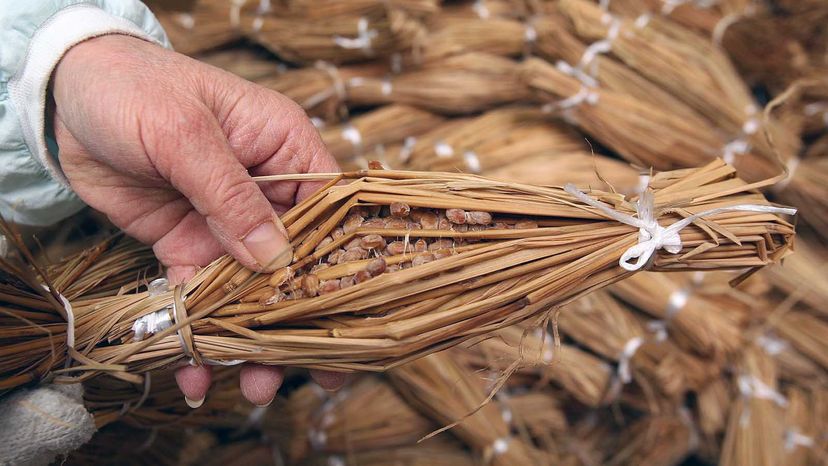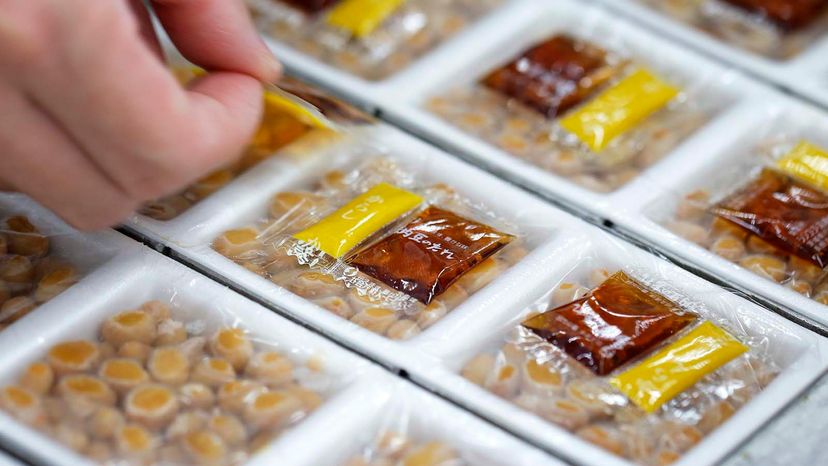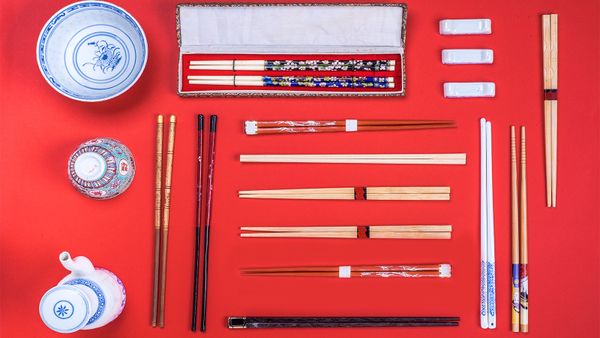
If your breakfast (or snacks) needs a makeover, consider natto. It's a traditional Japanese meal of healthy and nutritious fermented soybeans.
Sure, the idea of fermented soybeans first thing in the morning is definitely not as American as eggs and bacon or a bowl of cereal, but according to Tsunagu Japan, a Japan-based inbound tourism site, many people there eat it daily. Why? Well for one natto is packed with vitamin K, soy protein and dietary fiber. And, since the soybeans in natto undergo the fermentation process, it creates conditions that promote the growth of probiotics, according to Healthline.
Advertisement
Karen Zhao, Intrepid Travel's North and Central Asia product manager, says it's also considered a superfood "and one of the secrets to Japanese longevity."





